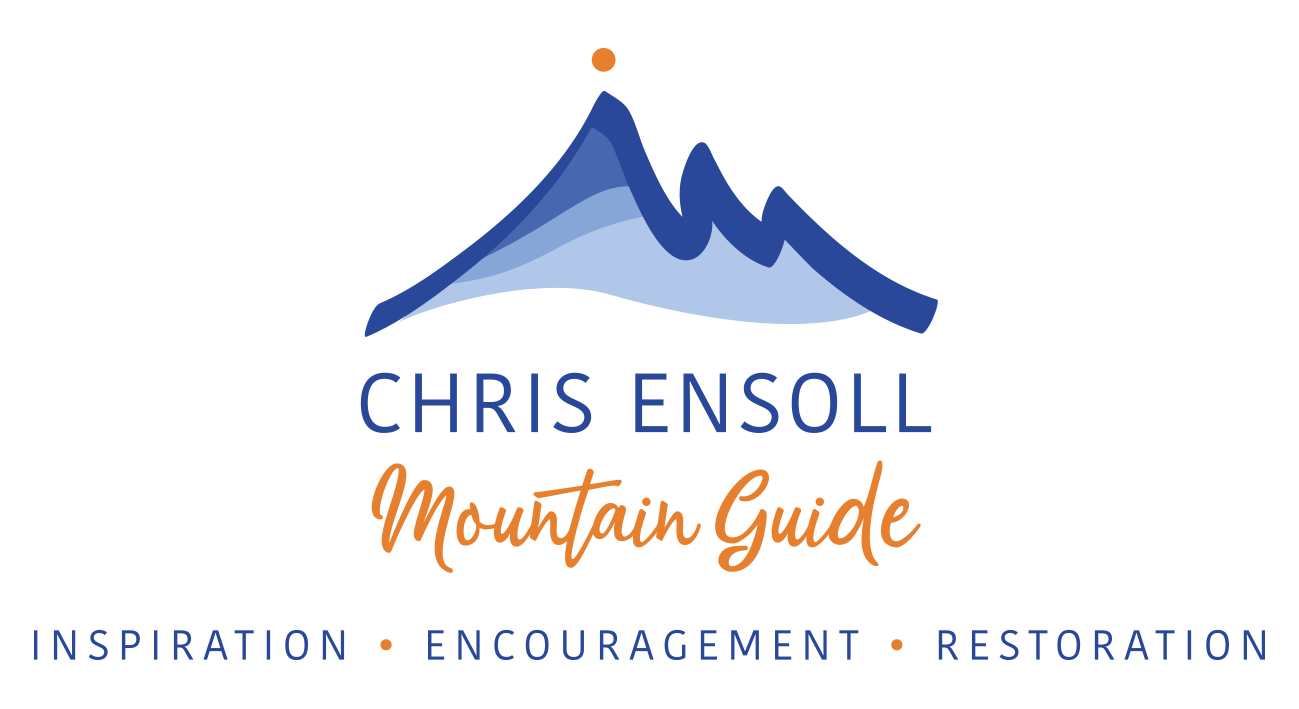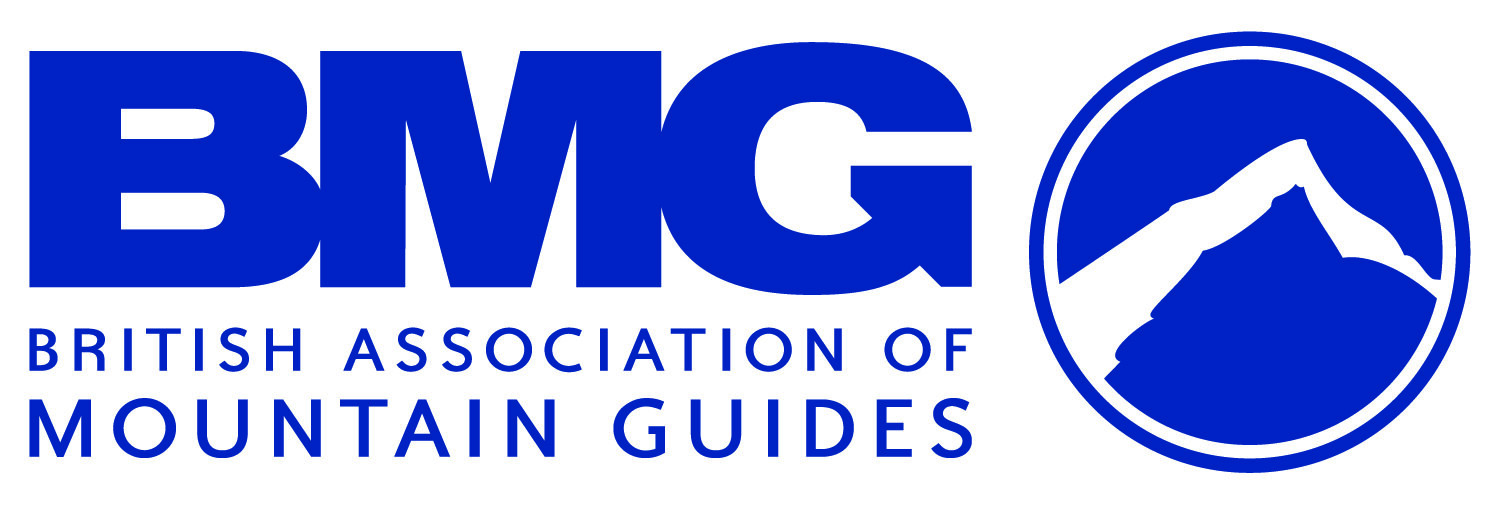5 Things To Think About For Your First Alpine Season
/Ideas by Chris, words by Anne
This post was first published in September 2016, but we're posting it again as the Alpine summer season is just getting under way, with some very tricky conditions. A lean winter combined with a very warm start to the summer means lots of open crevasses and loose rock in unusual places. Be careful out there!
My first Alpine season was in 1983. I was twenty years old, enthusiasm far outweighing ability, and I was up for anything. The trip was safe and successful largely because my climbing partner was older and wiser than me, and more experienced.
If you’re planning a trip to the Alps, here are some things to consider:
1. Choose your climbing partner carefully - your life may depend on it
Martin was a good partner for my first taste of Alpine climbing, because he’d already got several weeks of Alpine climbing under his belt. Choose someone more experienced, and someone you know you can spend big chunks of time with. Two absolute beginners climbing together could be a recipe for disaster.
But equally you need someone you can trust – with your well-being and your life. A good friend spent his first Alpine season climbing with a relatively experienced climber, and they did some amazing routes together. But they also made some mistakes. They spent several days climbing the north face of Les Droites, a 4000m peak in the Chamonix valley – without sunglasses or sun cream. They were snow blind and severely sunburnt, and they looked like they had been in a boxing match.
2. Choose your routes carefully – aim to survive your first season
The mountains will always be there, so learn what your limitations are, and be patient. Choose routes that are short and hard or long and easy. Resist the temptation to keep on climbing just because you have invested a lot of time and money in getting to the Alps. Listen to your body, and rest when you need to. You will climb better for it on your next route.
You could do what we did on my first trip. We based ourselves in the Chamonix valley, and we started off with rock routes in the Aiguilles Rouges, followed by longer rock routes in the Chamonix Aiguilles. Only then did we progress to the higher, more commiting, mountain routes.
3. Give your body time to acclimatise
Climb high, sleep low. As a rule of thumb, each night should not be 300m higher than the one before. Do it gradually. Here’s how not to do it: on one of my Alps trips we drove out from the UK, parked the car in Chamonix, packed a rucksack and took the cable car up to the Vallée Blanche to camp, to avoid paying campsite fees in the valley. Not a good idea.
4. Keep your kit to a minimum but still have everything you need
Carrying more weight than you need to is easy to avoid. Think about what you can leave behind rather than what you can take with you. If you can, when you buy your kit spend a bit more to invest in lighter weight kit. You’ll really appreciate a lighter sack when you are slogging up a snow slope under a hot sun. Check out our kit list on the Alps page for advice.
5. Consider hiring a Guide for a couple of days
Yes – it will cost you. But you can take advantage of someone else’s hard work and experience and save yourself immeasurable amounts of time and energy. You won’t believe how much you can learn in a short space of time.
What about you? Do you have any tips for fellow Alpinists?






